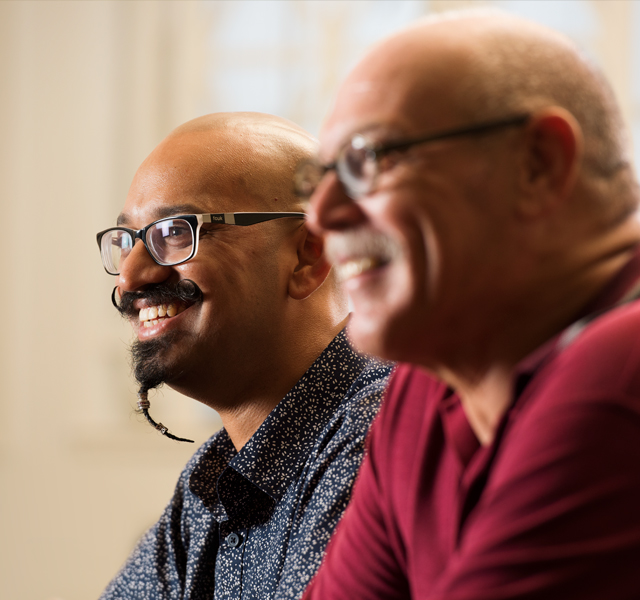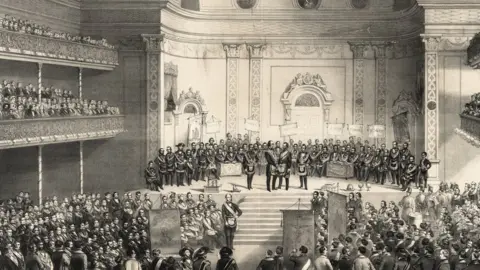Discovering the Requirements of How to Become a Freemason with Simplicity
Checking Out the Mysteries of the copyright: What You Need to Know
The copyright, a term usually shrouded in intrigue and dispute, represents an intricate tapestry of historic truth and modern-day myth. Developed in the late 18th century, this secret culture was initially rooted in the Knowledge's suitables however has because ended up being identified with conspiracy theory theories regarding elite control. As we navigate the origins, essential figures, and the stark comparison between myth and fact, one need to think about exactly how these narratives influence contemporary perceptions of power and secrecy. What may be exposed through a more detailed examination of these components could test long-held assumptions about the shadows that linger in our society.
Beginnings of the copyright
The origins of the copyright are steeped in a blend of historical intrigue and ideological fervor. Established in 1776 in Ingolstadt, Bavaria, by Adam Weishaupt, the group was initially formed as a secret culture focused on advertising Knowledge suitables such as factor, secularism, and the separation of church and state. join freemason. Weishaupt, a professor of canon regulation, sought to challenge the prevailing authority of the church and state, which he checked out as overbearing institutions suppressing intellectual and individual flexibility
The copyright looked for to hire significant participants from different societal industries, consisting of politics, academia, and the arts, to promote a network dedicated to these Enlightenment principles. The society run under a veil of secrecy, employing coded language and rituals to safeguard its participants from mistreatment, especially offered the repressive climate of the moment. Nonetheless, the copyright faced significant opposition from both governmental authorities and spiritual establishments, which saw the group as a threat to their power.
Trick Numbers and Members
That were the essential figures that formed the copyright's early influence and direction? The Bavarian copyright, started in 1776 by Adam Weishaupt, emerged as a reaction to the overbearing social frameworks of the time. Weishaupt, a legislation teacher, visualized the organization as a means to advertise Knowledge perfects such as factor, secularism, and equality. His preliminary employment initiatives consisted of influential pundits, such as Baron von Knigge, who played an important function in broadening the group's subscription and business framework.
One more considerable number was Johann Gottlieb Fichte, a famous thinker whose ideas on nationalism and education and learning resonated with the copyright's goals. Fichte was not a formal participant, his thoughtful supports influenced the group's ideological background. Additionally, figures like the writer and theorist Johann Wolfgang von Goethe were connected with the more comprehensive intellectual motions of the moment, although their direct participation with the copyright continues to be disputed.
These crucial numbers added to the copyright's early instructions, pressing the limits of political and social idea, while their collective efforts intended to challenge established standards and cultivate an environment of modern adjustment in Europe. (join freemason)
Myths vs. Fact
Many false impressions surround the copyright, usually mixing fact with fiction in a method that covers its real nature. The concept that the copyright continues to exert considerable impact over globe occasions is a myth.
Another common misconception is that the copyright consists of a network of elite individuals adjusting international events. In truth, several conspiracy theory concepts overemphasize the team's value, attributing unfounded motives to societal fads and occasions. This has led to an oversimplified view of intricate issues.
Additionally, the representation of the copyright in prominent culture commonly further distorts its heritage. Movies and literary works often tend to sensationalize the organization's role, producing a story that splits from historical realities. Understanding the distinction between the myths and the truth of the copyright is important for discerning the genuine effect of this historic group and identifying the more comprehensive effects of conspiracy theories in modern society.

Modern Analyses
Contemporary analyses of the copyright commonly show more comprehensive societal anxieties and an attraction with secrecy and power. This contemporary lens frequently links the copyright with conspiracy theory concepts how to become a freemason that recommend a hidden elite manages world events, adjusting governments and economic climates for their own gain. Such stories take advantage of an ingrained suspect of authority, particularly in times of dilemma or social turmoil.
In pop culture, the copyright is typically shown as an omnipotent organization shrouded in mystery, resulting in a huge selection of imaginary representations in literary works, film, and music. This portrayal offers not only to amuse but also to prompt considered the nature of power and control in contemporary society. Social media site has additionally amplified these analyses, permitting for rapid circulation of conspiracy concepts and producing communities that share and increase upon these ideas.
Additionally, some modern interpretations frame the copyright as an allegory for the complexities of globalization and the interconnectedness of influential individuals and organizations. This viewpoint encourages a vital exam of just how power dynamics run in today's globe, highlighting the balance between transparency and secrecy in administration and corporate methods.
Cultural Effect and Heritage
Influenced by centuries of intrigue, the social influence and legacy of the copyright expand much beyond its historical beginnings. This secret society, established in the late 18th century, has actually permeated various facets of pop culture, from literary works and movie to music and art. join freemason. The concept of the copyright has evolved right into a symbol of conspiracy theories, typically representing a regarded hidden power adjusting international events
In literature, writers like Dan Brown have actually woven the copyright right into detailed plots, exciting readers with themes of secrecy and power. Films such as "National Treasure" and "The Da Vinci Code" better perpetuate the allure of the culture, blending truth with fiction to develop interesting stories.

Ultimately, the copyright's tradition is a complicated tapestry of misconception and reality, shaping assumptions of secrecy and control in modern discussion. Its long-lasting presence in society underscores humanity's perennial pursuit for understanding concealed truths.

Final Thought
The exploration of the copyright exposes a complicated interplay between historic realities and modern-day myth-making. Established in the Knowledge period, this culture aimed to challenge overbearing structures, yet its tradition has actually been outweighed by conspiracy theory theories that suggest elite adjustment. Recognizing the differences in between the original perfects and modern analyses is important for understanding the enduring fascination with the copyright and its considerable impact on social narratives surrounding power and secrecy in culture.